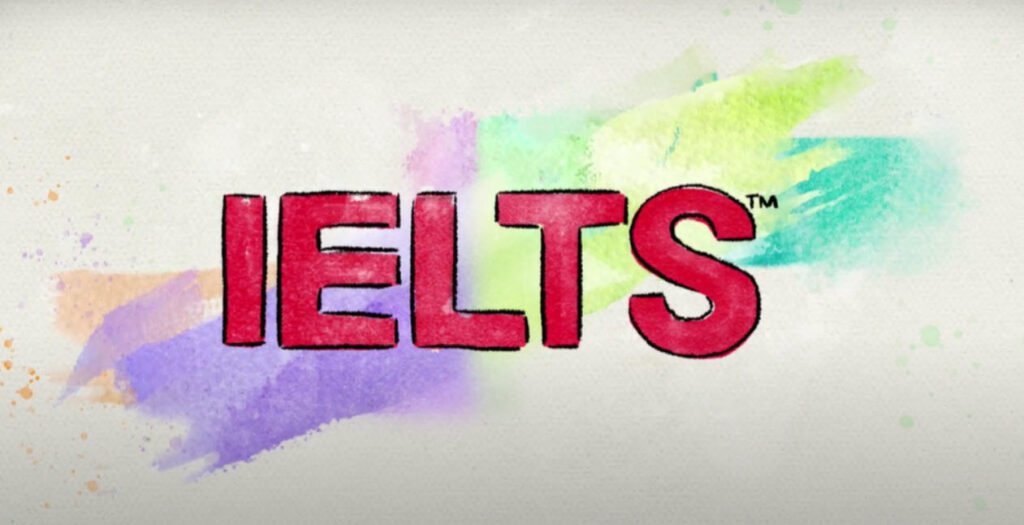The International English Language Testing System (IELTS) is a widely recognized and respected examination that assesses the language proficiency of candidates aspiring to study, work, or migrate to English-speaking countries. The Writing and Speaking components of the IELTS test demand effective communication and language skills, which are essential for success.
In this article, we will explore 30 essential language patterns and techniques that can help you excel in both IELTS Writing and Speaking.
1. Making an Exception:
While making a general statement, you may need to introduce an exception. Use phrases such as “usually,” “in general,” or “typically,” followed by “except for,” “apart from,” or “with the exception of.”
Example: “Most students enjoy mathematics; however, some find it challenging, especially when dealing with complex formulas.”
2. Adding Another Item:
When enumerating ideas or points, use phrases like “furthermore,” “in addition,” “moreover,” or “additionally.”
Example: “Renewable energy sources, such as solar and wind power, help combat climate change. Furthermore, they reduce our dependence on fossil fuels.”
3. Referring to a Chart, Graph, or Table:
In both Writing Task 1 (Academic) and Speaking Part 2, you might need to describe visual data. Use phrases like “As shown in the chart,” “According to the table,” or “The graph illustrates.”
Example: “As shown in the chart, the number of tourists visiting the country increased steadily over the past decade.”
4. Giving Proof:
To support your arguments or claims, use phrases such as “evidence suggests that,” “research indicates,” or “studies have shown.”
Example: “Research indicates that regular exercise is beneficial for overall health.”
5. Describing a Decrease:
When discussing a decline in data, use phrases like “a significant decrease,” “a sharp decline,” or “a considerable drop.”
Example: “There has been a significant decrease in unemployment rates over the last quarter.”
6. Describing an Increase:
For discussing an increase, employ phrases like “a substantial increase,” “a dramatic rise,” or “a notable growth.”
Example: “There has been a notable growth in the popularity of online shopping in recent years.”
7. Discussing Predictions:
To talk about future possibilities, use phrases like “it is predicted that,” “there is a likelihood that,” or “it is anticipated that.”
Example: “With advancements in technology, it is predicted that artificial intelligence will revolutionize various industries.”
8. Describing Fractions and Proportions:
When dealing with percentages or fractions, use phrases like “one-third of,” “a significant proportion,” or “a majority.”
Example: “Approximately two-thirds of the participants agreed with the proposed solution.”
9. Highlighting Interesting Data:
To draw attention to intriguing or noteworthy data, use phrases like “notably,” “interestingly,” or “significantly.”
Example: “Interestingly, the survey revealed a higher level of satisfaction among younger consumers.”
10. Highlighting Differences:
To emphasize differences, use phrases like “in contrast to,” “unlike,” or “while.”
Example: “In contrast to traditional education, online learning offers greater flexibility.”
11. Making Comparisons:
When comparing two or more items, use phrases like “similarly,” “in comparison,” or “likewise.”
Example: “Both novels share similar themes; likewise, they explore the complexities of human relationships.”
12. Ways of Saying ‘In General’:
To express a general opinion or idea, use phrases like “broadly speaking,” “on the whole,” or “generally speaking.”
Example: “Broadly speaking, people are more health-conscious nowadays.”
13. Summing Up an Argument:
To conclude an argument or point, use phrases like “in conclusion,” “to sum up,” or “overall.”
Example: “To sum up, the government’s initiatives have positively impacted the economy.”
14. Highlighting an Important Point:
When drawing attention to a crucial point, use phrases like “it is worth noting that,” “the key issue is,” or “the main concern is.”
Example: “It is worth noting that access to quality education remains a significant challenge in some regions.”
15. Saying that Something is Necessary:
To express necessity, use phrases like “it is essential that,” “it is crucial to,” or “it is imperative to.”
Example: “In today’s digital age, it is essential that individuals acquire basic computer skills.”
16. Verbs for Reporting an Opinion:
When reporting someone’s opinion, use verbs like “argue,” “claim,” “assert,” or “contend.”
Example: “Experts argue that renewable energy is the key to a sustainable future.”
17. Giving Opinions Using Impersonal Language:
To express opinions without using personal pronouns, use phrases like “it is believed that,” “it is thought that,” or “some people claim that.”
Example: “It is believed that exercise plays a vital role in maintaining good mental health.”
18. Making an Opinion Sound Less Definite:
When expressing a less certain opinion, use phrases like “it seems that,” “to some extent,” or “in some cases.”
Example: “It seems that social media can, to some extent, influence people’s purchasing decisions.”
19. Ways of Saying ‘But’:
To introduce a contrasting idea, use phrases like “however,” “nevertheless,” “yet,” or “on the other hand.”
Example: “The experiment yielded interesting results; however, further research is needed to validate the findings.”
20. Conceding a Point and Making a Counter-Argument:
When acknowledging an opposing viewpoint and presenting an alternative perspective, use phrases like “while it is true that,” “admittedly,” or “granted.”
Example: “While it is true that technology has made our lives more convenient, it has also raised concerns about privacy and security.”
21. Explaining Reasons:
To explain the reasons behind a particular phenomenon or event, use phrases like “due to,” “because of,” or “owing to.”
Example: “The decline in sales was primarily due to the economic downturn.”
22. X Causes Y:
To describe cause-and-effect relationships, use phrases like “leads to,” “results in,” or “causes.”
Example: “Environmental pollution leads to adverse health effects and ecological imbalances.”
23. Describing the Effect of Something:
To discuss the impact or effect of something, use phrases like “as a result,” “consequently,” or “therefore.”
Example: “The implementation of eco-friendly policies has reduced carbon emissions. Consequently, air quality has improved.”
24. Ways of Saying ‘For This Reason…’:
When linking a statement to a reason, use phrases like “due to this,” “because of this,” or “for this reason.”
Example: “The government decided to increase taxes on luxury goods. Due to this, consumer spending decreased.”
25. Giving Examples:
To illustrate a point with examples, use phrases like “for instance,” “such as,” or “to illustrate.”
Example: “Several countries, such as Germany and Japan, have made significant progress in renewable energy adoption.”
26. Defining Terms:
When providing definitions, use phrases like “refers to,” “is defined as,” or “can be described as.”
Example: “Sustainable development refers to meeting the needs of the present without compromising the ability of future generations to meet their needs.”
27. Saying What a Text is About:
To introduce the main theme or topic of a text, use phrases like “this article discusses,” “the report examines,” or “the essay analyzes.”
Example: “The research paper examines the impact of social media on youth mental health.”
28. Explaining What You Mean:
To clarify or rephrase a point, use phrases like “in other words,” “to put it differently,” or “what I mean is.”
Example: “The study suggests that, in other words, sleep deprivation can impair cognitive function.”
29. Ordering Your Points:
When presenting a series of points, use phrases like “firstly,” “secondly,” “lastly,” or “finally.”
Example: “Firstly, we will discuss the causes of climate change. Secondly, we will explore its consequences. Lastly, we will propose possible solutions.”
30. Describing a Process:
To explain a sequence of events or steps, use phrases like “first,” “next,” “then,” “after that,” or “finally.”
Example: “The process of recycling involves several stages. First, recyclable materials are collected. Next, they undergo sorting. Then, they are processed into new products. Finally, the recycled goods are distributed for sale.”
In conclusion, mastering these language patterns and techniques will greatly enhance your performance in both IELTS Writing and Speaking. Remember to practice using these phrases regularly to build confidence and fluency in expressing ideas effectively. Good luck on your IELTS journey!



